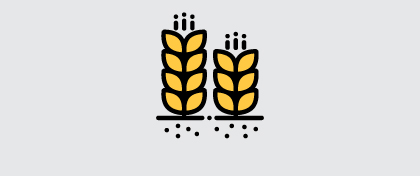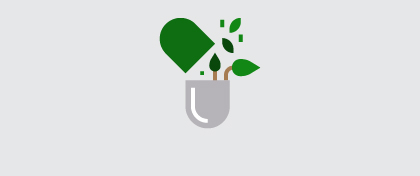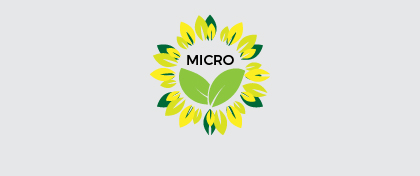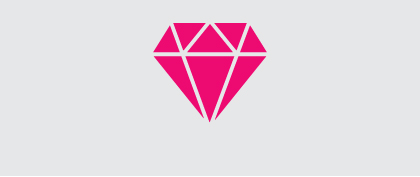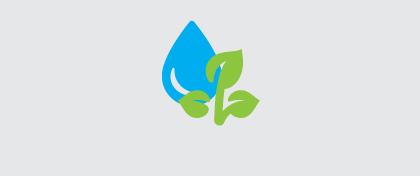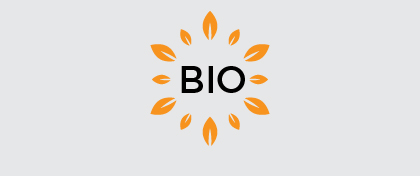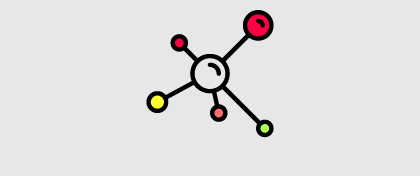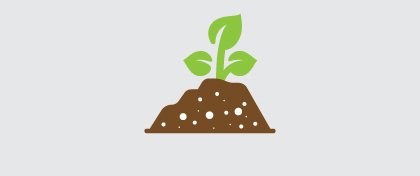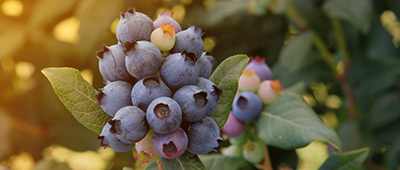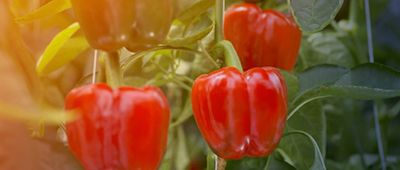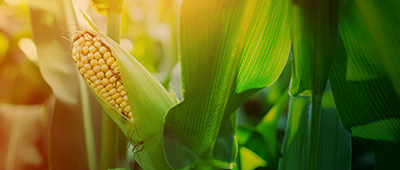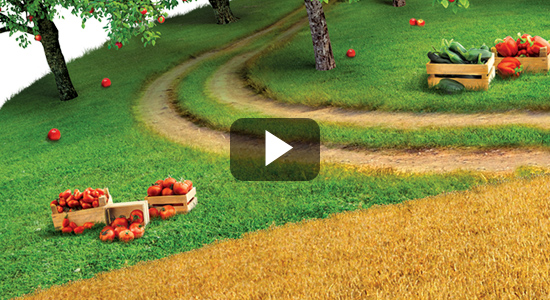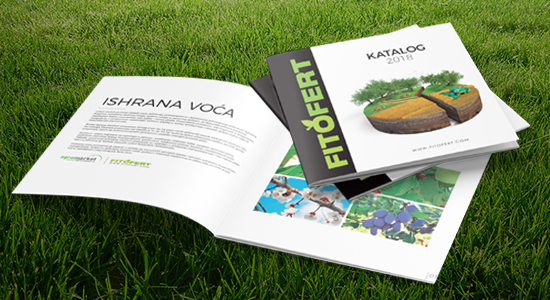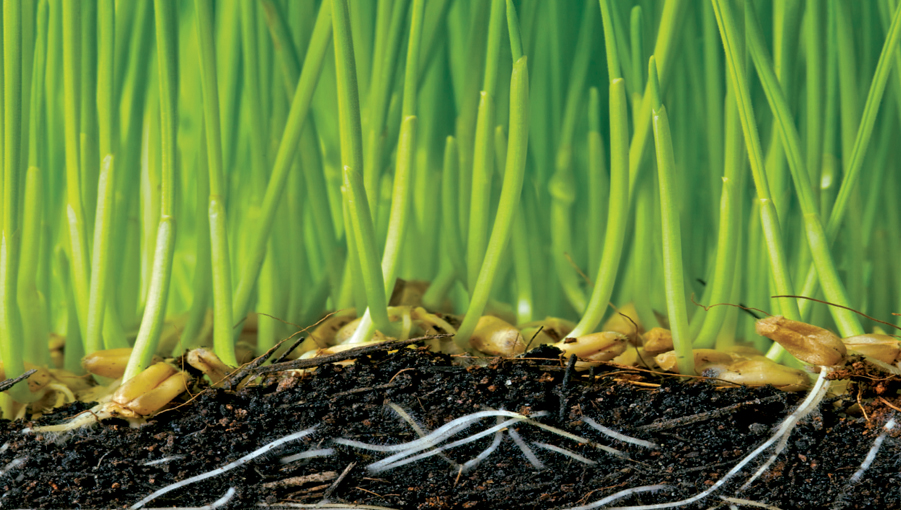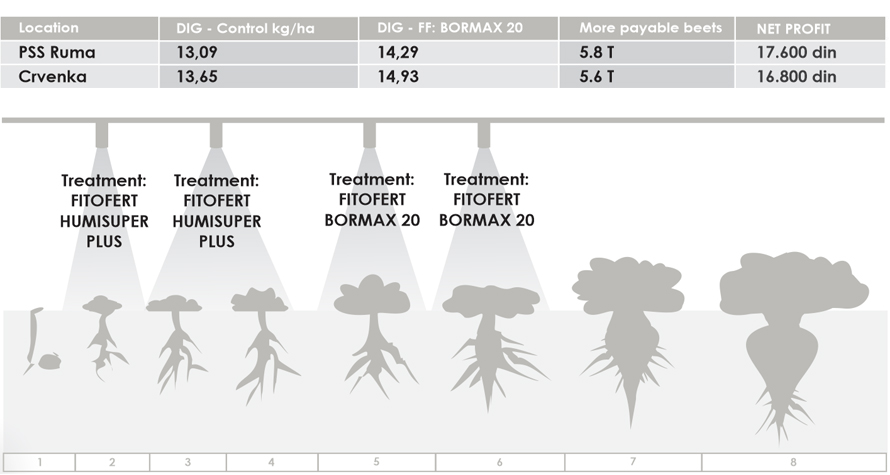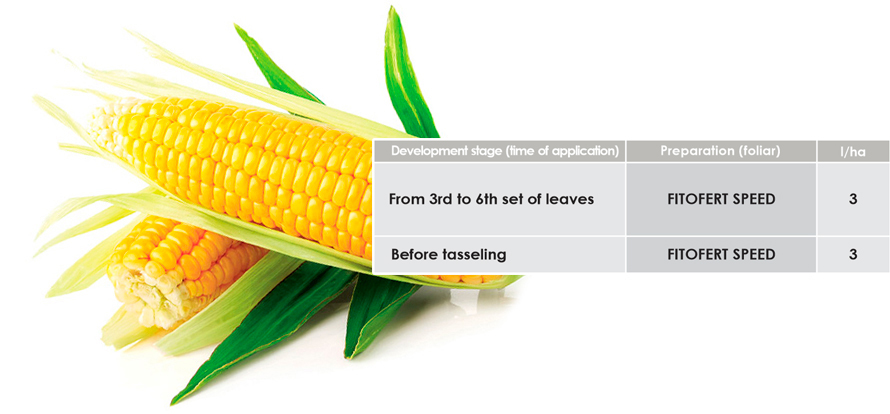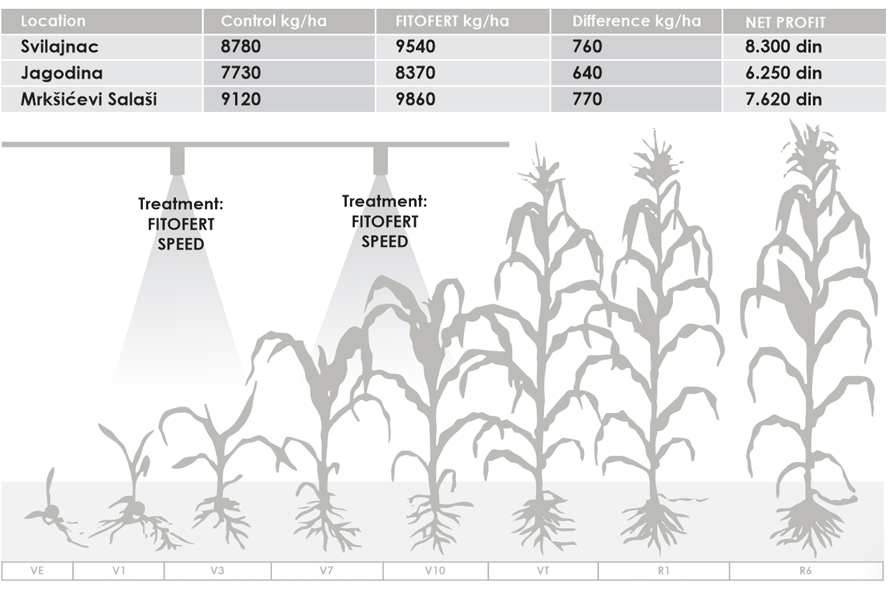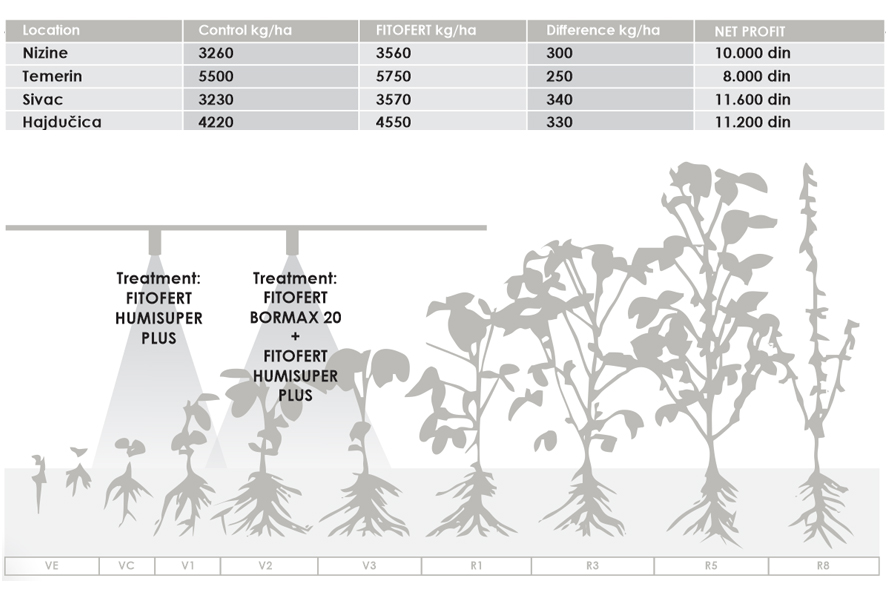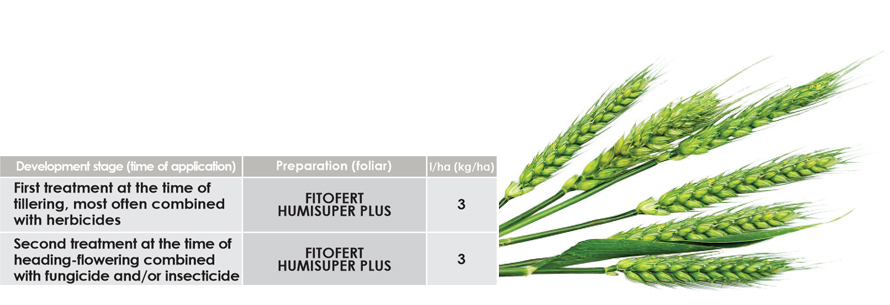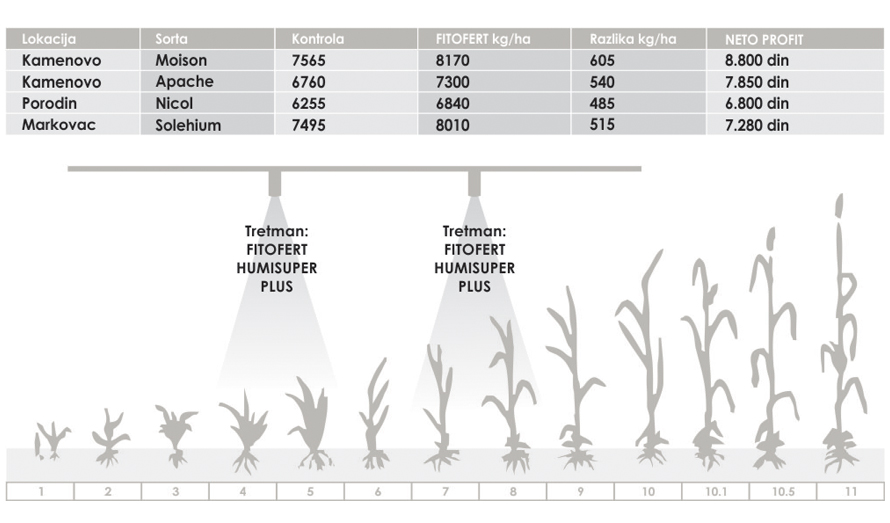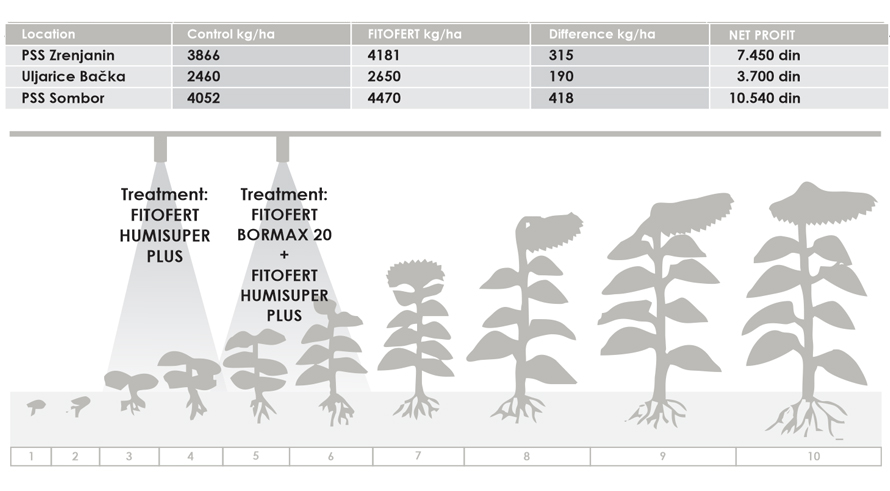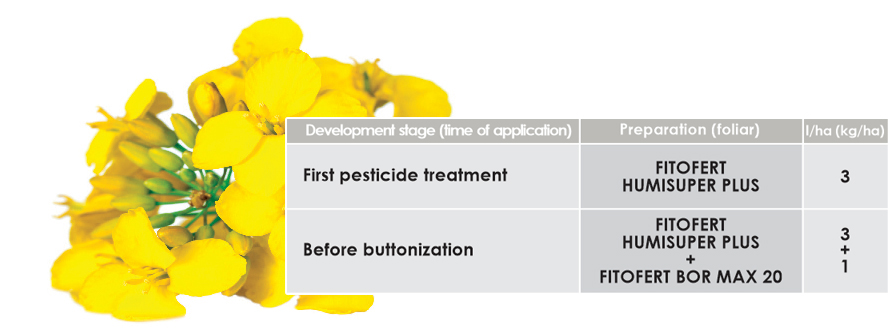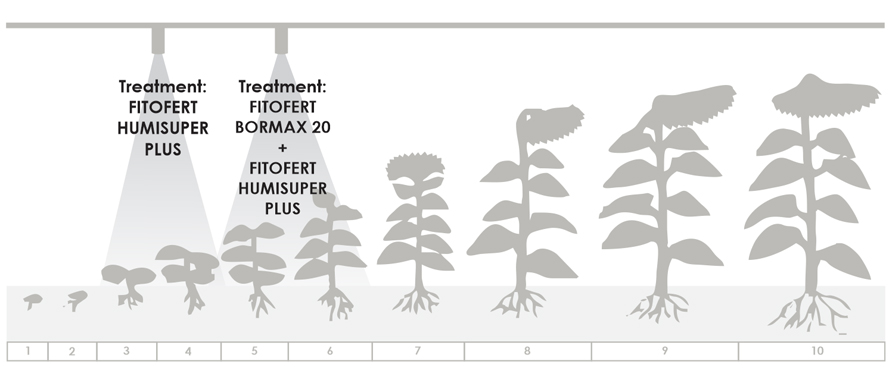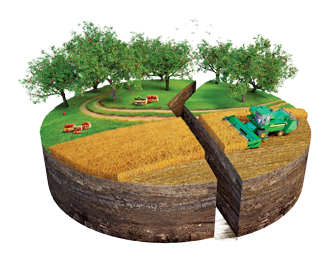Foliar feeding: The plant absorbs most of the nutrients through the root system, which was created in the process of evolutionfor the uptake of nutrients. Yet during critical phases of growth, such as a deficit, reduced absorption, transportability or stressful conditions, foliar feeding can help to easily overcome the above problems, resulting in higher quality and yields.
The advantages of foliar feeding are as follows:
• easy uptake of trace elements and the treatment of deficit (Zn, Mn, Fe, B, Cu, Mo) which are often not available to the root system or hardly transportable (high soil pH, high OM, sandy soils);
• Triggering of certain enzymatic processes (B – pollination, Zn – phytohormones);
• Feeding during periods of stress, the time when a plant and its root absorb nutrients with difficulty (cold days, the impossibility of adopting P);
• Faster overcoming of stress (amino acid). The intensification of growth (phytohormones, organic acids, saccharides);
• Foliar treatments are usually carried out together with pesticide, which minimizes the costs of the application.
There are several factors that may affect the effectiveness and the maximum positive effect. Overall, foliar feeding is best carried out during the early morning or late evening, at temperatures below 30° C.

